Richie Kotzen picks 10 essential guitar albums
Top six-string records and the lowdown on Salting Earth

Salting Earth
When Richie Kotzen picks up his guitar, it literally speaks through him. Those familiar with the American singer/guitarist’s work or who have seen him live will know he occasionally hums along to the runs he’s executing, effortlessly showcasing a level of musicianship very few indeed ever get to. He embodies the kind of player that’s unequivocally in tune with their instrument, and able to improvise using purely the mind’s eye.
After spending the past few years focusing on supergroup side-project The Winery Dogs, featuring virtuoso cohorts Billy Sheehan and Mike Portnoy, he returns in 2017 with latest solo effort Salting Earth.
“I’ve been a solo artist my whole life,” says Kotzen.
“That’s what I am… that’s what I’ll always be. I’m on record number 21 over here! I love The Winery Dogs, though I never really intended for it to be more than getting together with two legends, making a record and doing some shows. Because the band was so well received, we jumped back in and did one more album.
“It was a lot of fun, not that the band’s over or anything like that - my door is always open - but now it’s time for me to go and do what I do best. Those guys have some big things coming up… Mike Portnoy is always three steps ahead of everything!”
Strat attack
The 10 tracks that make Salting Earth are perhaps Kotzen at his most unadulterated - venturing from blues-rock, funk and jazz through to soul, and R&B pop.
All my decisions and note choices come out of what I feel is meant for the song
As with some of his more recent solo efforts, the multi-instrumentalist performed virtually everything on the album save a few backing vocals.
“All my decisions and note choices come out of what I feel is meant for the song,” reveals Kotzen.
“I’m thinking: ‘How can I elevate this piece from section to section?’ It always depends on what’s happening in the song.
“For example, on the opening track End Of Earth, the final guitar solo almost didn’t exist! It was going to be an orchestrated vocal instead, but I started it and lost inspiration. I picked up a guitar and wrote what I think is one of the coolest solos I’ve played in a long time.”
He’s not wrong there. The recording could be one of the musically fascinating lead performances in a career pretty much littered with them.
What helped this particular moment shine was putting down the Telecaster and using a Strat to scoop into targeted notes…
“A big part of why that solo stands out is because I’m playing a Stratocaster,” he elaborates, “which I’ve done occasionally before, but this lead relied a lot on the tremolo arm to weave through all my phrases.
“I wanted to use the bar to change the pitch where I’d normally be moving my fingers - which made it sound like a pretty weird thing… certainly something I can’t emulate on my signature Tele.”
Victory will be his
As well as the new album and impending London show this September, Kotzen will also be unveiling a new amp through British manufacturers Victory - whose head designer Martin Kidd played a large part in engineering the singer/guitarist’s original signature produced by Cornford.
“I’m super-excited about this,” reveals Kotzen. “I loved my Cornford, but there were certain choices I made in retrospect that I wish I hadn’t - in terms of certain elements within the circuit. We fixed that and this new amp has an even simpler functionality, with the same kind of gain as the Cornford - that screaming tube distortion which cleans up really nice.
“The amp is pre-voiced, so the only control other than gain and master volume is a single tone knob. It’s like an old Fender Tweed Deluxe or a Marshall 1974X. I just wanted one tonality, voiced properly, so you don’t need to screw around with it. By reducing the components, we were able to put in a great tremolo circuit and some reverb.”
Those that weren’t able to justify the 100-Watt Cornford due to its sheer volume will be pleased to know this new signature series will begin with a medium power combo before leading onto something a more full-throttle…
“The first incarnation that will be released to the public will be a 1x12 combo,” Kotzen reveals.
“It will be rated 40 watts, but actually puts out a bit more, with a switch so you can run it at half- or full-power. Later down the line, we’ll be releasing the 100-watt head version as well… for those that need the old-school stack!”
Here, the musician reveals his 10 most essential guitar albums…
Salting Earth is out on 21 April via Headroom-Inc.
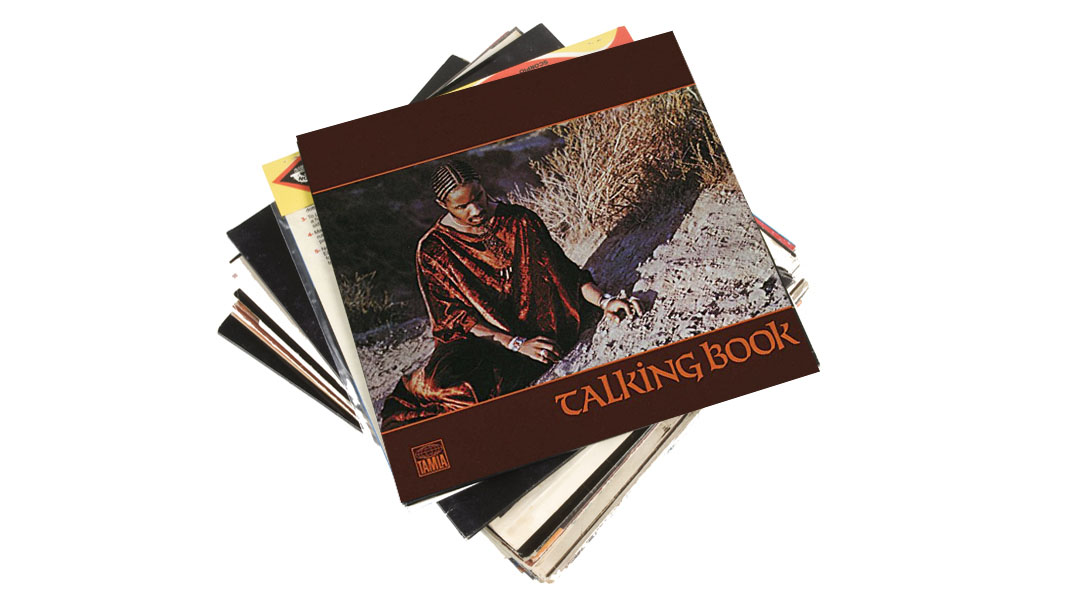
1. Stevie Wonder - Talking Book (1972)
“This is going to sound bizarre… but I’m not really a guitar guy. I don’t really listen to guitar records, but there are definitely some with great guitar playing that really shaped me.
“Talking Book is definitely one of those - I’ve always found the recordings on this album are just fantastic. They perfectly fit the songs in a way that I love to hear. As a kid, this is a record I used to play over and over again on repeat.”
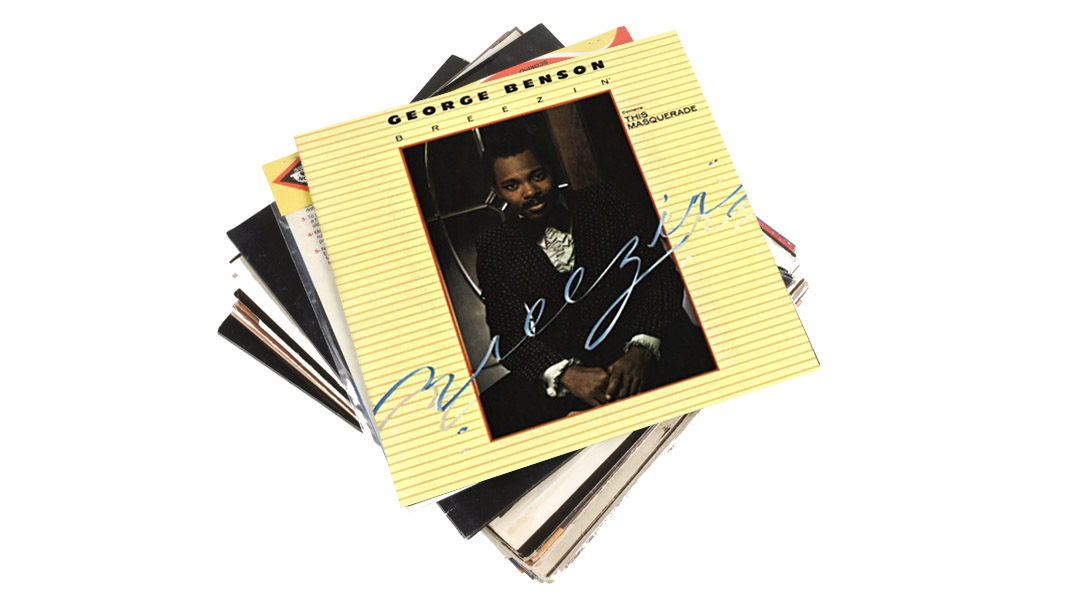
2. George Benson - Breezin’ (1976)
“I know there are other George Benson records that have more over-the-top guitar playing, but this was the one I heard as a boy that inspired me to try and pick up a guitar to figure out what he was doing.
“It’s hard to say where his influence is evident most - I can’t dissect myself to the point of saying what came from where. My playing is more a collective result of everything I loved growing up.
“That said, George was famous for singing the lines he was playing simultaneously… which is certainly something I’ve incorporated into my repertoire. I’m sure it’s because I saw him do it at one of the first concerts I ever attended as a kid.”
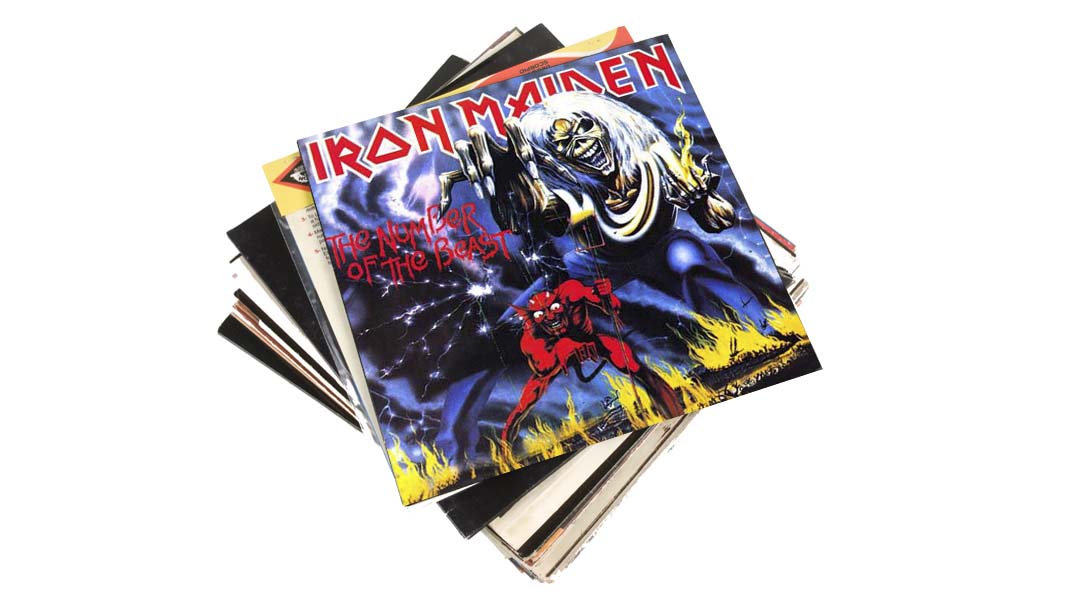
3. Iron Maiden - The Number Of The Beast (1982)
“This is a crazy turn and a completely different style, but TNOTB is another one I blasted in my room growing up… I actually wore out my first copy of it! I don’t think I air-guitared to anything as much as I did this record!
Adrian Smith has become a close friend of mine over the years. We’ve had many a jam session
“There were two shirts I would wear to school - one had this album cover on it, with Eddie at the front and the devil puppet, and the other was a Black Sabbath shirt with a creepy warlock holding a crystal ball next to the words 666. That was my uniform for seventh grade, the Maiden shirt or the Sabbath shirt!
“Adrian Smith has become a close friend of mine over the years. We’ve had many a jam session. He’s such a fantastic blues player; we’ve spent many nights at his house in Malibu jamming into the wee hours, going over all kinds of improvisational progressions and generally having a great time. He’s not only an influence but also a fantastic guy and good friend!”
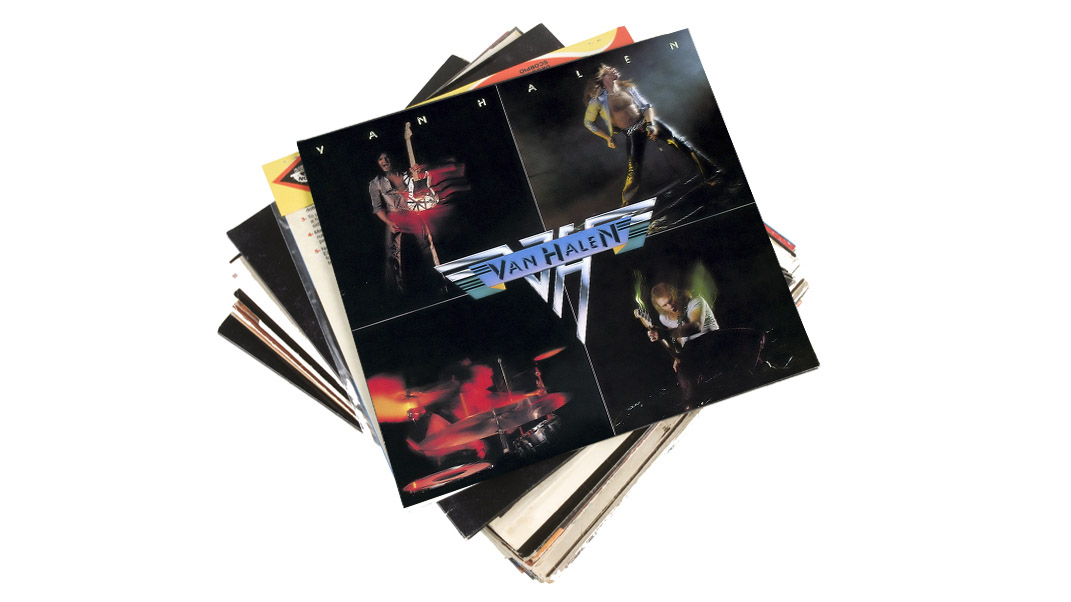
4. Van Halen - Van Halen (1978)
“The funny thing about me and Eddie Van Halen is that the first time I heard him play was actually on Michael Jackson’s Beat It. We were coming home one night with my parents, I was in the back of the car and they were about to turn the radio off. I was screaming, ‘Wait! I need to hear the DJ come on and say who played the solo!’ He never said anything, so I later learned it was Eddie.
“I went back and researched him, getting that record. I think Eruption might even be the first thing I ever tried to figure out by ear. I remember sitting to slow my down my turntable and learn that pattern he plays at the end, and never quite getting it right.
“Other people have nailed it and got it sounding exactly like him, but I’ve never been able to do that. I try to do things in my own way and put my own twist on it. This record also has You Really Got Me, Ice Cream Man… it’s way up on the list for me!”
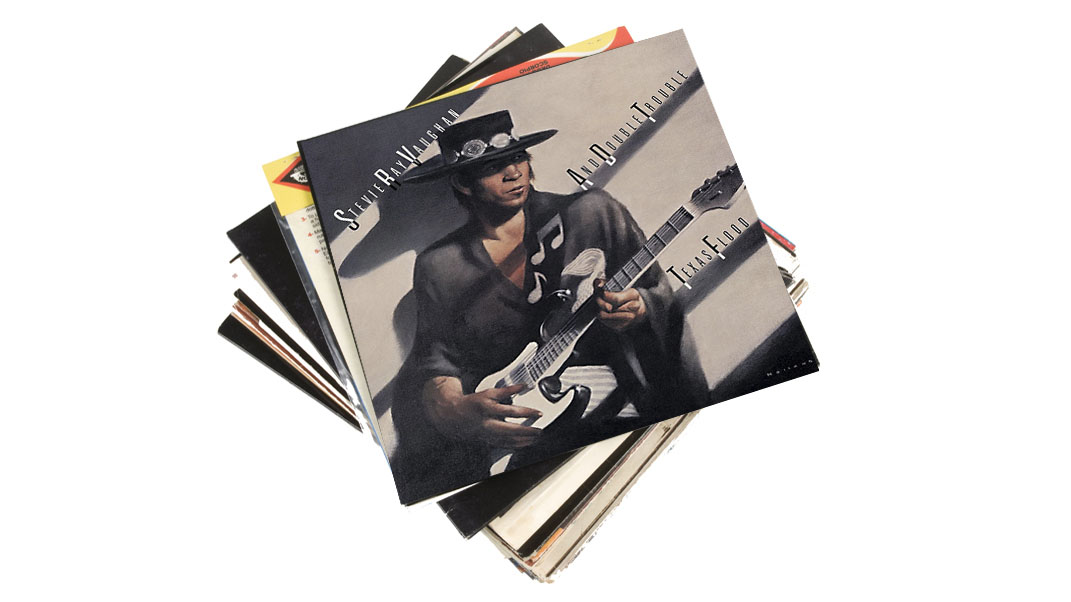
5. Stevie Ray Vaughan - Texas Flood (1983)
“This is the record with the song Lenny on it, if I’m not mistaken. The chords to this instrumental piece were what me and buddies would sit in my barn studio jamming loops of, swapping around…
“We would marvel over his tone and it was through him we learned tone comes from the hands and your phrasing. Sometimes the gear doesn’t matter… it just comes out of the hands.”
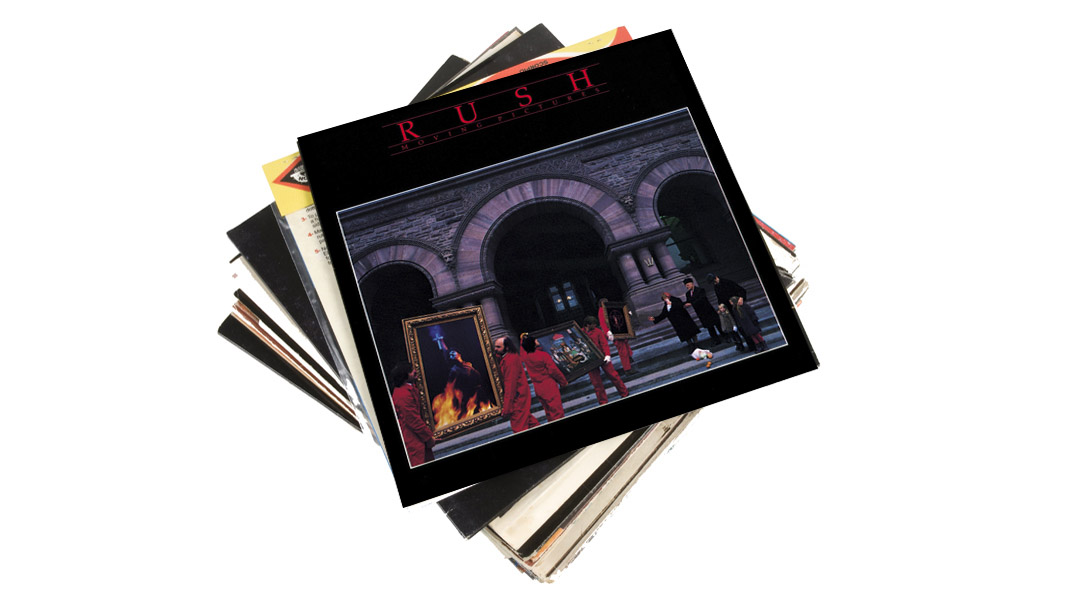
6. Rush - Moving Pictures (1981)
“Here’s another record from my past that really influenced me. From a guitar perspective, the solos were so musical and unique. I don’t even think the guitar sounded like a guitar on some of the things Alex Lifeson did.
“I can remember learning Tom Sawyer, Red Barchetta and YYZ in my covers band early on. Figuring out those songs and learning those lines really helped develop my ear and challenge me.”
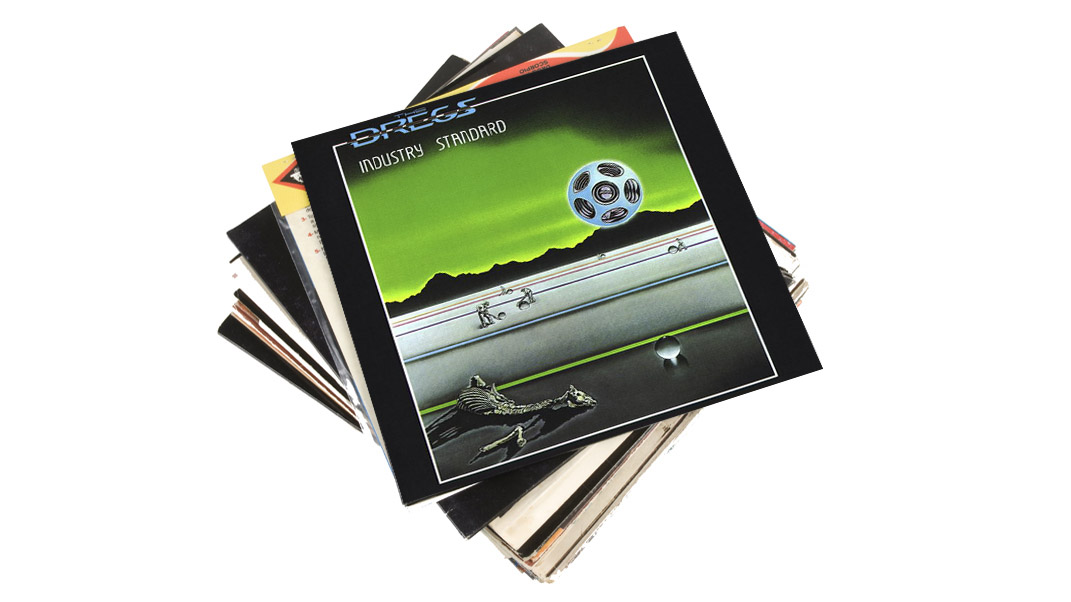
7. The (Dixie) Dregs - Industry Standard (1982)
“I got into The Dixie Dregs through a local band that were playing in my area. They had an outstanding drummer and guitarist, and used to do one instrumental song called Bloodsucking Leeches…
“After hearing the song, I asked the guys what the piece was and who wrote it, which is how I discovered them. Again, a big part of my development came from learning the different parts and solos played by Steve Morse.”
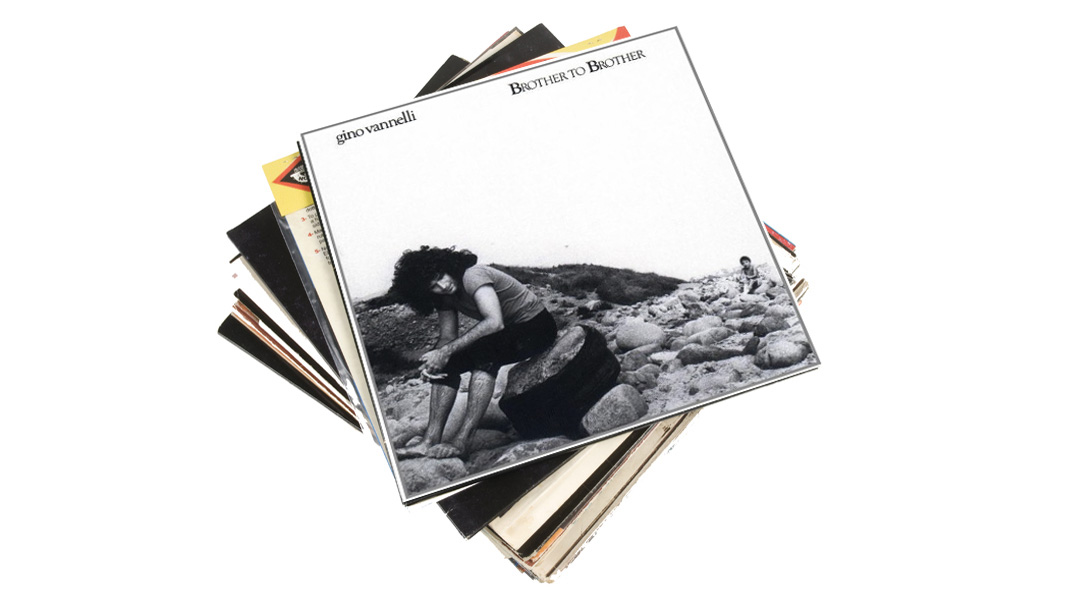
8. Gino Vannelli - Brother To Brother (1978)
“I used to play this record all the time, especially because it had the song Appaloosa on it. I don’t know who the guitar player was, but it was one of the most shredding tracks of that era.
“The drum track is pretty over-the-top, too! I used to rock out to it in my room all the time, and never quite figured it all out correctly, but what I did take out of it would later influence me greatly.”
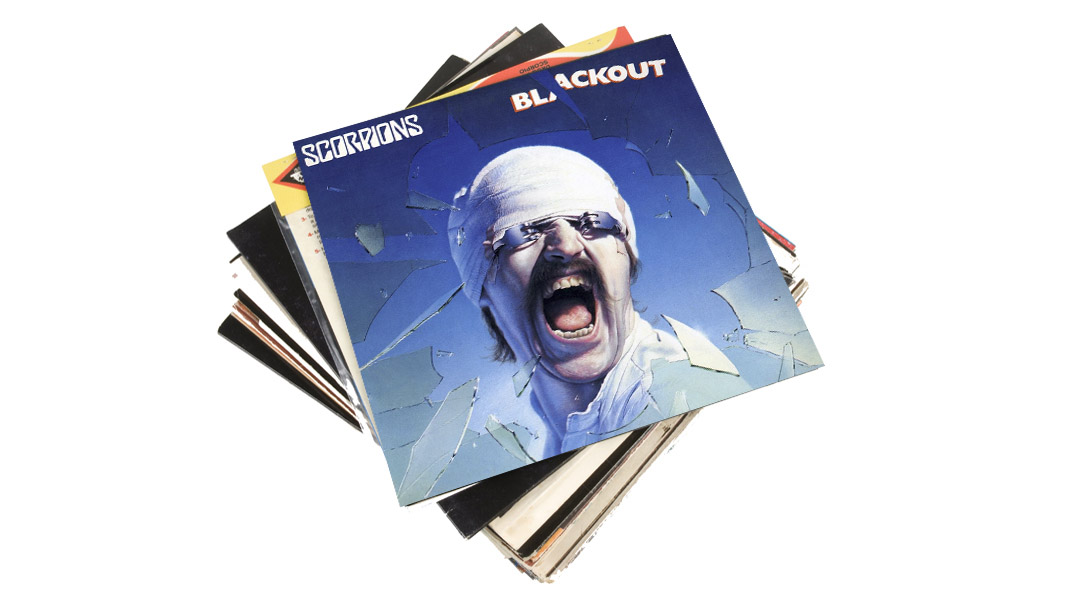
9. Scorpions - Blackout (1982)
“There’s a song on this called No One Like You, which has one of the coolest guitar solos of all time. I love the way the harmonies are layered in there.
“Again, it’s another record I air-guitared to as a kid, probably a million times overall! This wasn’t one of the Uli Jon Roth records - it was Matthias Jabs that played lead guitar at this point of their career.”

10. The Jimi Hendrix Experience - Smash Hits (1969)
“I didn’t have the original albums, but I remember learning all the classics like Purple Haze, Fire, Wind Cries Mary, Hey Joe from this compilation… It was the only Hendrix record I had growing up.
“I never heard Little Wing until well into my teens, probably after I’d made my first record. And though I never really listened to a lot of his stuff, it wouldn’t be right to have a list without including this.
“I don’t know how I ended up covering All Along The Watchtower - it probably came out of a jam and slowly became a go-to cover song for my solo band. It’s a fun song to reinterpret; there are a lot of different takes out there. Our way is a little slower and slinkier, not quite as manic as other versions people have done.”
Amit has been writing for titles like Total Guitar, MusicRadar and Guitar World for over a decade and counts Richie Kotzen, Guthrie Govan and Jeff Beck among his primary influences. He's interviewed everyone from Ozzy Osbourne and Lemmy to Slash and Jimmy Page, and once even traded solos with a member of Slayer on a track released internationally. As a session guitarist, he's played alongside members of Judas Priest and Uriah Heep in London ensemble Metalworks, as well as handling lead guitars for legends like Glen Matlock (Sex Pistols, The Faces) and Stu Hamm (Steve Vai, Joe Satriani, G3).

